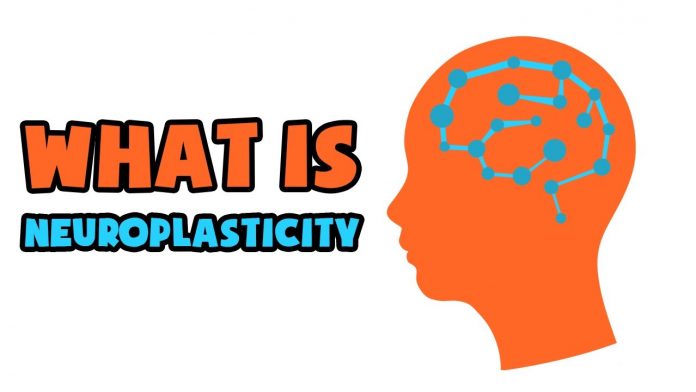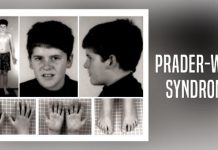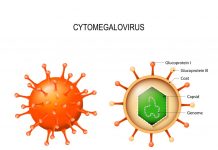Eating disorders are serious health conditions, with anorexia nervosa having the highest mortality rate of all forms of psychiatric illness. While the mainstream approach to eating disorder treatment involves a combination of therapy and meal planning, the neuroplasticity method focuses on changing behaviours and reorganizing thinking.

Neuroplasticity Approach to Eating Disorder Treatment
The neuroplasticity approach to eating disorder treatment is based on the theory that the brain is able to be changed through making behavioural changes. This is similar to cognitive analytic therapy, where the emphasis is on creating new neuronal pathways in the brain, as a result of therapy.
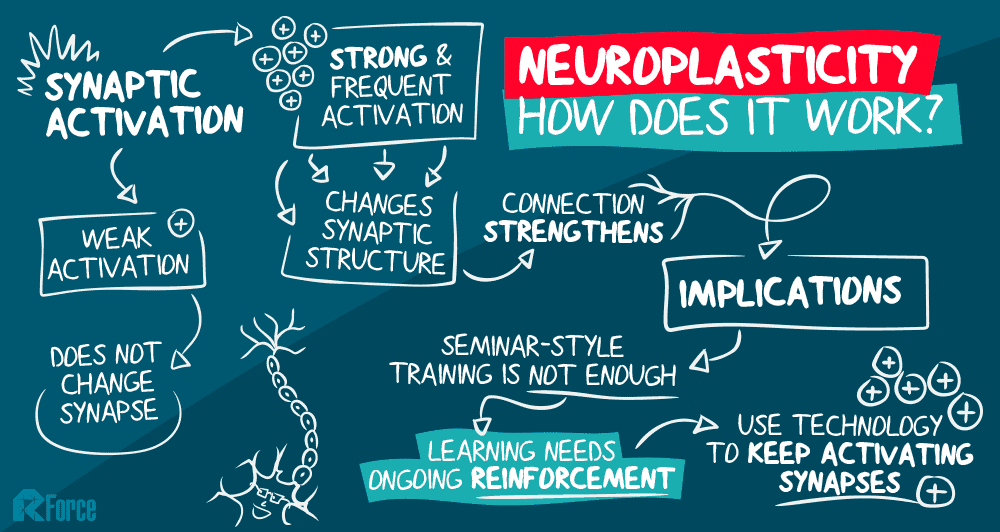
Self-directed neuroplasticity is at the core of the 5 step neuroplasticity approach, making it possible for the eating disorder sufferer to direct the changes in her brain, in order to achieve beneficial results.
5 Step Neuroplasticity Eating Disorder Approach
There are five steps within the neuroplasticity approach to eating disorder treatment, which are believed to make permanent changes to neuronal pathways.

In Cure Your Eating Disorder, Webster highlights these steps as follows:
- Believe that you can stop your eating disorder
- Re-identify
- Re-symbolize
- Re-direct
- Re-evaluate
While step one focuses on various exercises to help change the way the mind works, step two involves recognising the deception associated with eating disordered thoughts and step three aims to help sufferers escape thinking patterns which serve to maintain the eating disorder cycle.

Step four is about redirecting repetitive thoughts/behaviours and step five focuses on ignoring urges to return to harmful behaviour patterns.
Focusing Attention in Anorexia Recovery
A key aspect of the neuroplasticity approach to recovery from anorexia involves training the brain to focus attention away from the eating disorder.

This is achieved through carrying out daily attention focusing exercises which serve to keep the anorexia sufferer in the present, as opposed to worrying about the past or being anxious about the future.
In order to help with focusing, a relaxation or meditation CD may prove useful, especially in the early days of treatment.

- What Is Aromatherapy Vs. What Are Essential Oils?
- What is La Tomatina in Bunol, Spain Like? What to Expect at the Famous Tomato Throwing Festival
Overcome Anorexia, Get Busy Living
In step four, the focus is on re-directing eating disorder thoughts and behaviours, through getting passionate about something else. This helps increase self-esteem, self-confidence and takes time away from what would have previously been spent starving, compulsive exercising or self-harming.
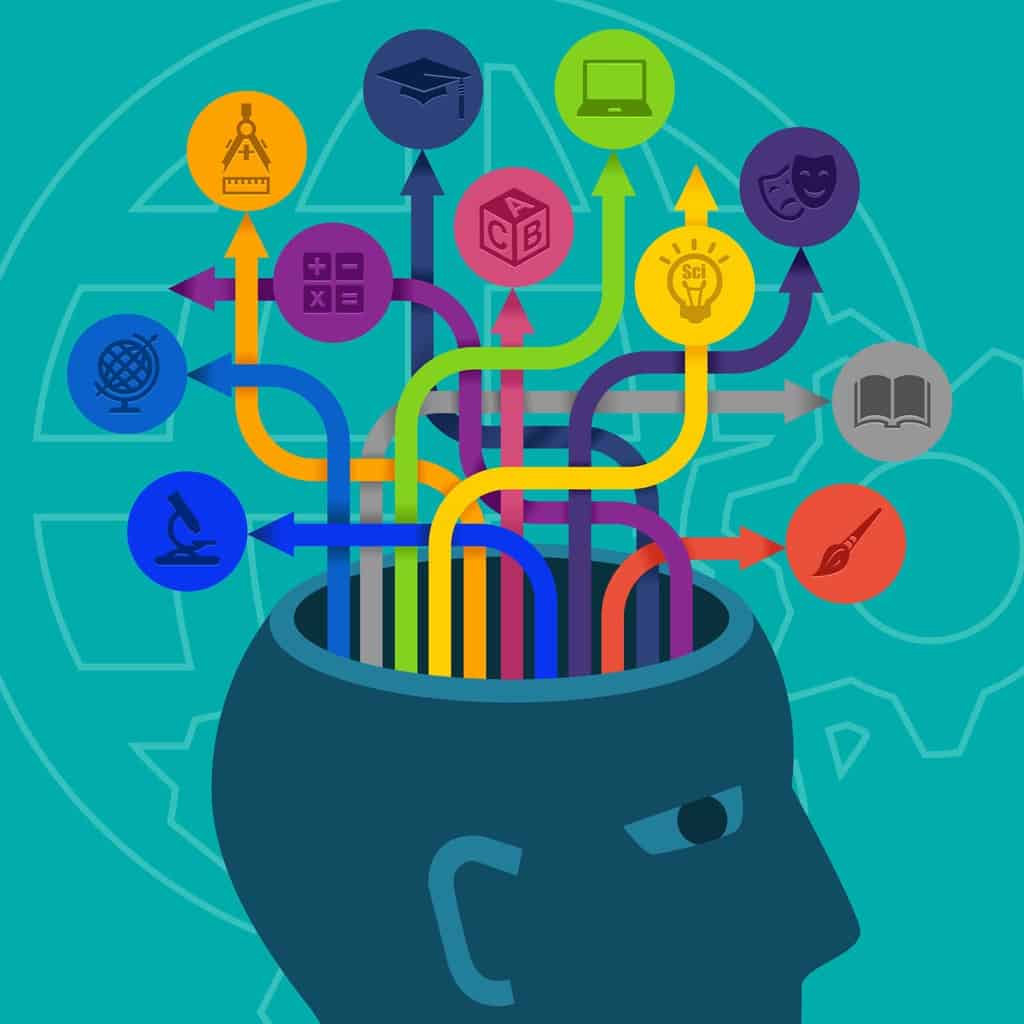
The more you focus on the anorexia the more powerful it often becomes, making learning to re-direct attention crucial to recovery.
As highlighted above, whether you suffer from anorexia, bulimia, binge-eating disorder or EDNOS, the neuroplasticity eating disorder treatment approach offers a new way to break free of the dangerous behaviours and thought patterns associated with these conditions.
Learning key techniques, such as focusing attention and re-direction may help sufferers get well and remain healthy


